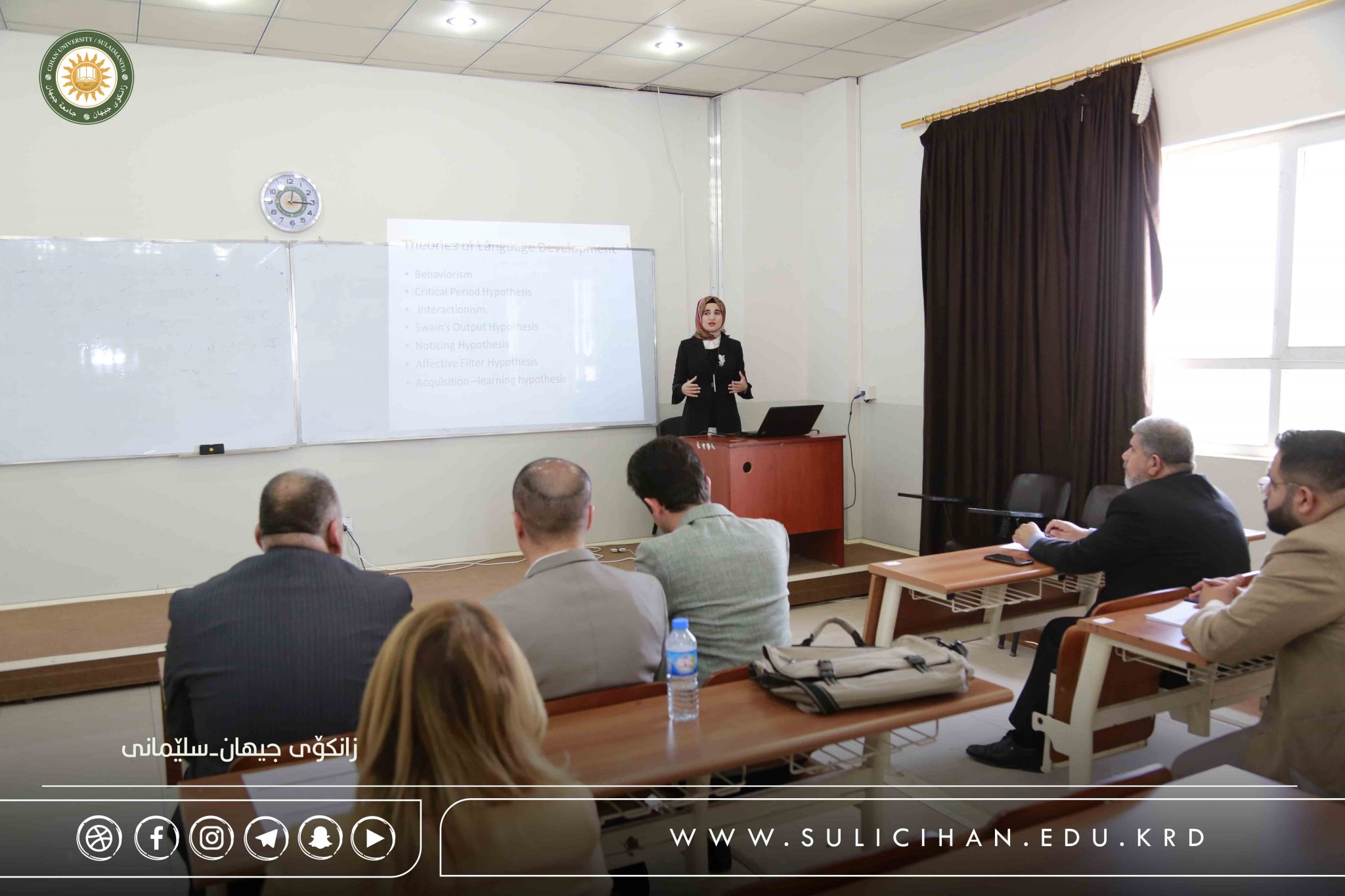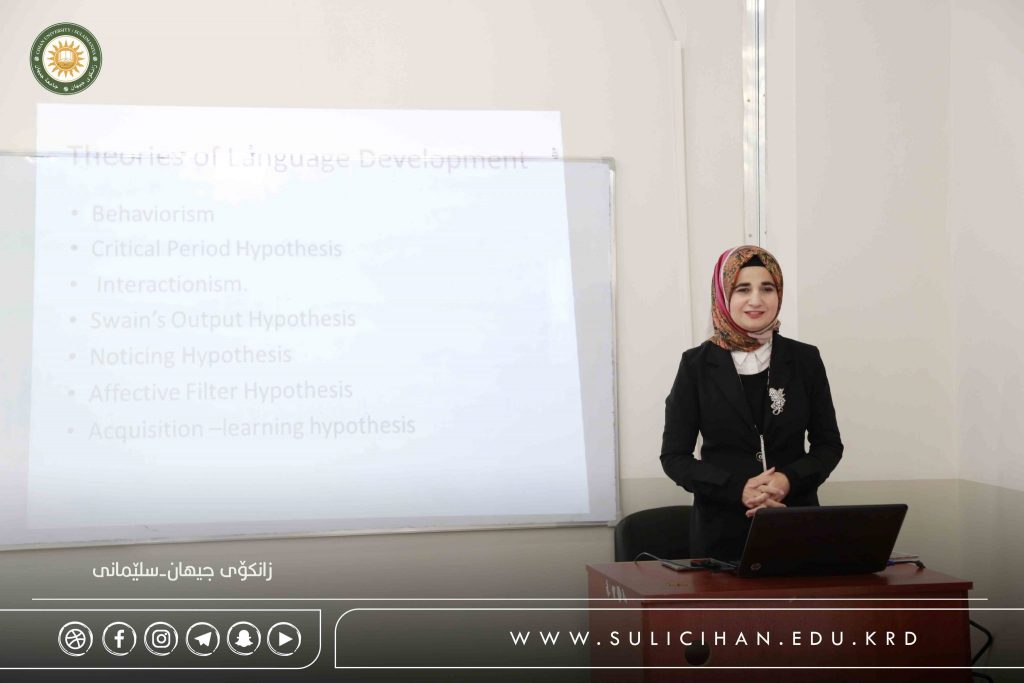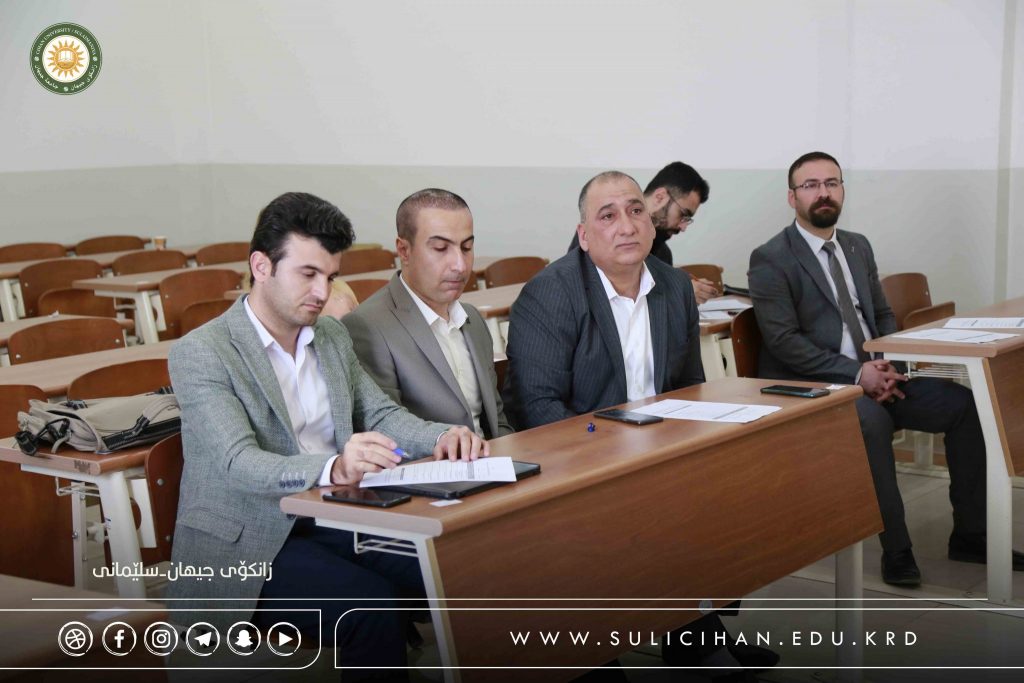
The purpose of the seminar is to touch upon some of the main ideas about FLA and SLA. The core questions of the seminar are: “what is required in FLA and SLA”, “how it is required”, and “why are some learners more successful than others”. First, the focus is going to be on some topics about learning languages in early childhood. The development sequence is very similar for each child. The sentences of the early childhood are called telegraphic; although function words and grammatical morphemes are omitted, but still they are meaningful. Children do not acquire grammatical morphemes in the same age. Some acquire at two and a half some still work on them till the age of four, but their order of acquisition are so similar. Children’s language develops systematically. In the preschool years, most children can ask questions; give commands, and use correct word orders. In this age, preschool years, children also begin to develop metalinguistic awareness. Language development involves Behaviorism, Critical Period Hypothesis and Interactionism. Deaf children learn the sign language in the same way. Piaget and Vygotsky will be introduced in FLA and SLA. For Piaget, language is a number of symbol systems that are developed in childhood. Language can be used to represent knowledge that children acquires through physical interaction with the environment. On the other hand, Vygotsky states that language develops primarily from social interaction. He argues that in a supportive interactive environment, children are able to advance to higher level of knowledge and performance. Vygotsky referred to a metaphorical place in which children could do more than they would be capable doing independently as the zone of proximal development ZPD. Vygotsky observes the importance of conversations that children have with adults and with other children and sees, in these conversations, the origin of both language and thought. The conversations provide the child with scaffolding, which is a kind of supportive structure that helps them make the most of the knowledge they have and to acquire new knowledge. Simultaneous bilingualism and sequential bilingualism is clarified. The children who are multilingual or bilingual are cleverer in social communications as well as problem solving. Children from low-income families have heard 30 million fewer words than more affluent children but the quality of the communication between children and their parents and caregivers is of much greater importance than the number of words a child hears. Parental tone, responsiveness and use of symbol s affected a child’s IQ and vocabulary. Interaction hypothesis claims that when two speakers negotiate for meaning through clarification, confirmation, and comprehension checks, the input is more comprehensible. Swain’s output hypothesis claimed that comprehensible input alone was not enough for SLA. Why? When students are pushed to produce language, they test ideas about how language works and notice where they need more language. The noticing hypothesis is the idea that to successfully learn an L2, learners need to pay attention to the sounds, words, and grammar when they are talking with others. In particular, they need to notice what is new or different from their own language. The affective filter hypothesis states that when students have low motivation, low confidence, and high anxiety, the affective filter is up. The filter blocks acquisition and learners are hesitant to take risks out of fear of making mistakes. SLA occurs when the affective filter is down. Acquisition –learning hypothesis is the most important aspect of his theory of SLA It states that there are two independent ways in which we develop our linguistic skills; acquisition and learning and it states that acquisition is more important than learning. Teachers should apply the theories and make their classes student-centered. The seminar ends with a number of sayings like”It is not about what teachers cover; it is about what students discover.” “If a learner can’t learn the way we teach, maybe we should teach the way they learn”, “The best way to learn is to do, and the worst way to teach is to talk.” Paul Halmos.











